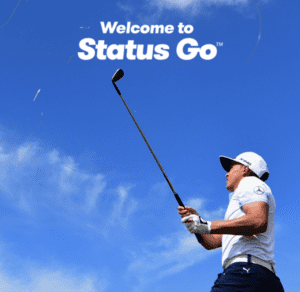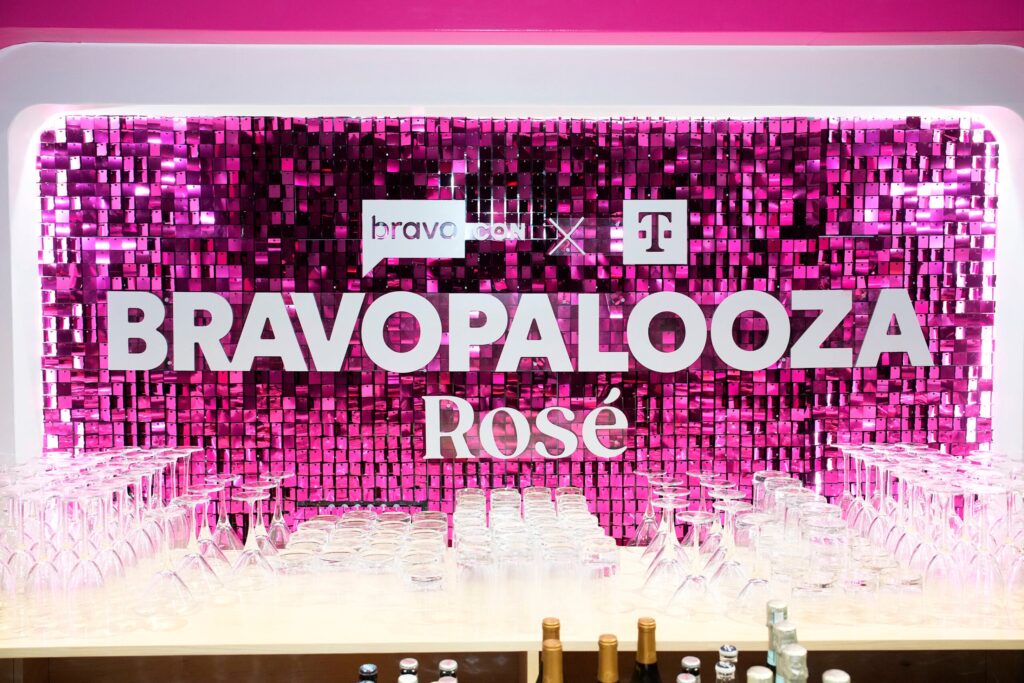
Getting employees invested in its branding strategy has been a crucial part of the success of Grant Thornton’s “Status Go” campaign.
“Consumer brands have a different challenge, because they need to impart their brand positoning to the consumer,” says John Harmeling, CMO of the financial services firm. “For us, its almost more important to build the brand via partners and employees, because they are out there talking to clients. When they’re out there boots on the street, we want to make sure they can bring the brand to life.”
For Grant Thornton, the focus has been on reaching individual decision makers as humans first, and connecting with them in an emotive way. “Every B2B marketer can talk about all the cool technology they’re leveraging but the harder thing is to think about how to humanize the experience,” says Harmeling.
Like many B2B brands that specialize in professional services, Grant Thornton’s brand can be distilled down to one important factor, the people. The company has about 9,000 employees around the U.S., and getting them on board with the “Status Go” positioning has been crucial.
Creating a B2B marketing mix where branding and creating demand both have a seat at the table is important, notes Mark Witthoefft, head of strategy and planning at gyro, which works with Grant Thornton on their marketing efforts.
“For some companies, the focus becomes an either/or situation when it comes to brand positioning or driving the demand gen machine, and that can be detrimental,” says Witthoefft.
The “Status Go” branding initiative began about 15 months ago with the idea that it is the opposite of simply being happy with the “status quo” of how things are now. “Status quo limits you. Status Go lifts you. Welcome to Status Go,” the campaign’s debut proclaimed. For Grant Thornton, bucking the status quo means going up against the “big four” accounting firms—PricewaterhouseCoopers, Deloitte Touche Tohmatsu, Ernst & Young, and KPMG—as a fifth place “challenger” brand.
To connect with employees, Grant Thornton has invested in internal campaigns, to make sure they understand the brand positioning and what it means for clients. Everyone who joins the firm is educated on the company’s branding strategy as part of the onboarding process, and employee evaluations also take into account whether someone has acted as a “Status Go” ambassador.
“We’ve benefitted from having a distinct market focus, and that’s elusive for many brands,” says Harmeling. “We have a persona of who we want to talk to, and we wan to change the perception of our brand to have that conversation.”
To encourage engagement, employees were invited to post a “Status Go” moment from their own lives on Grant Thornton’s internal social platform, and share a time where they broke from the status quo in their daily life. Hundreds of submissions—including photos and videos—came in, and the winners got an all expenses paid trip to the PGA Players Championship, of which the company is a sponsor.
“We try to make it personal and fun for people,” says Harmeling. “We want to make them think about their work life differently.”
To hear more from John Harmeling and Mark Witthoefft about ways to create human connections in the B2B sales funnel, join us in Boston for LeadsCon’s Connect to Convert, Oct. 3-5.




